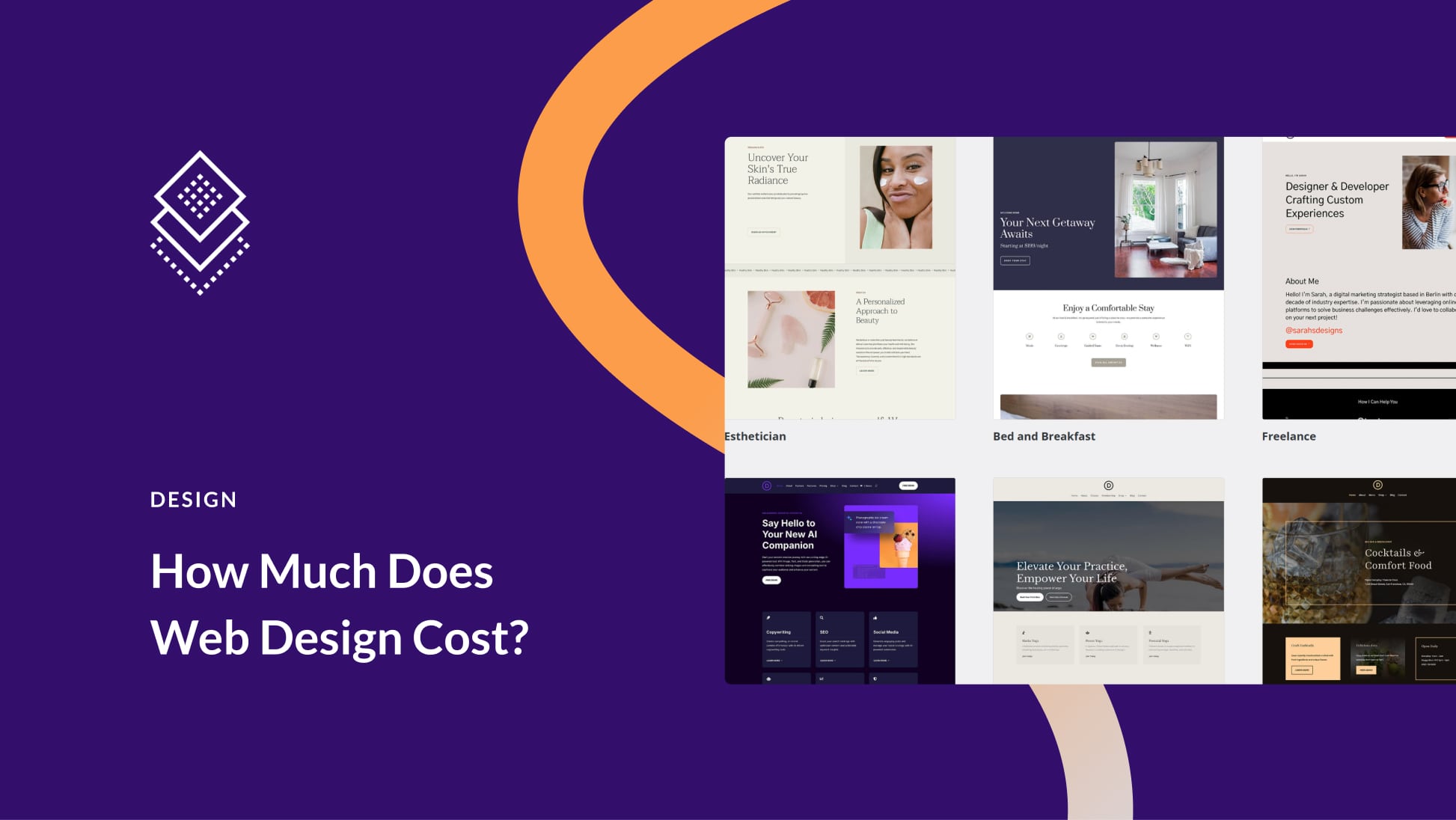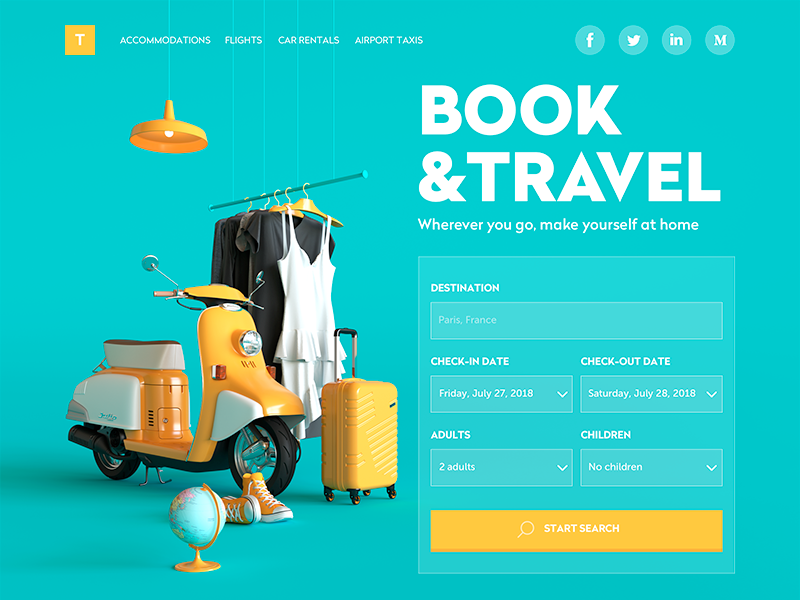Aligned Position Web Design: Building Beautiful and Functional Websites for Your Business
The Finest Kinds of Web Design to Enhance Individual Experience and Involvement
In the ever-evolving landscape of digital interaction, the efficiency of website design dramatically affects customer experience and engagement. Different layout approaches, such as minimalist, receptive, and interactive formats, each offer unique benefits that can accommodate diverse user requirements. Comprehending which kinds of Web layout best offer these goals can be pivotal for services intending to enhance customer fulfillment and retention. The question continues to be: which layout aspects absolutely reverberate with customers and foster significant involvement? The exploration of these principles exposes essential insights that might redefine your strategy to website design.
Minimalist Web Layout
As digital landscapes end up being progressively cluttered, minimal website design has actually become a powerful method to boosting individual experience. This layout ideology focuses on simplicity, concentrating on important elements while eliminating unnecessary disturbances. By using enough white space, uncomplicated navigating, and a restricted color combination, minimal style fosters clearness and directs customer interest to key content.
The core principle of minimalist website design is to create a seamless interaction for customers. By decreasing cognitive tons, customers can promptly realize info without really feeling bewildered. This direct method not just enhances usability yet likewise motivates interaction, as visitors are most likely to check out a site that is very easy and aesthetically appealing to navigate.
Additionally, minimal style often stresses typography and imagery, using these aspects strategically to convey messages efficiently. This concentrate on vital elements can improve brand name identification and create an unforgettable individual experience. Essentially, minimalist website design is not just a pattern; it is a thoughtful methodology that acknowledges the significance of user-centered layout. By stripping away extraneous elements, designers can create a much more appealing, reliable, and pleasurable Web experience for all users.
Responsive Website Design
In today's diverse electronic atmosphere, responsive website design has become vital for developing a smooth user experience across a plethora of devices. As customers access internet sites on smart devices, desktop computers, laptop computers, and tablet computers, the capacity of a site to adjust its layout and web content to various display sizes and resolutions is critical.
Responsive Web style employs adaptable grids, pictures, and CSS media queries to guarantee that Web content is offered optimally, no matter the tool utilized. This approach not just improves the visual charm of a web site yet also dramatically enhances use. Customers are more probable to involve with a site that uses a constant experience, as it eliminates the irritation of needing to focus or scroll exceedingly.
By adopting responsive layout, organizations can boost their visibility and reach a wider target market. In recap, receptive Web style is a fundamental technique that improves user experience, engagement, and total satisfaction.
Interactive Web Design
Responsive Web layout lays the foundation for enhancing individual experience, but interactive Web style takes this an action further by involving individuals in a much more vibrant means - Aligned Position go Web Design. By integrating components such as computer animations, clickable models, and real-time feedback, interactive website design mesmerizes individuals, drawing them right into a richer browsing experience
This technique not just promotes involvement but additionally encourages individuals to discover material proactively instead of passively consuming it. Methods such as gamification, where individuals gain incentives for finishing tasks, can significantly enhance the time invested in a website and improve overall satisfaction. Interactive features can streamline complicated information, making it more enjoyable and absorbable.

Integrating interactive style aspects can likewise cause higher conversion rates, as customers are most likely to engage with a site that proactively involves them. Aligned Position Web Design. Inevitably, interactive website design transforms customer experiences into remarkable trips, ensuring that site visitors return time after time
Apartment Layout
Characterized by its minimalistic strategy, level design highlights simpleness and capability, removing unneeded components and concentrating on vital attributes. This style viewpoint focuses on usability, guaranteeing that individuals can browse user interfaces easily and effectiveness. By utilizing a tidy aesthetic, flat layout removes the clutter frequently located in extra luxuriant designs, thus enhancing user concentrate on content and functionality.
The characteristic of flat style depends on its use bold shades, easy typography, and geometric forms. These components add to an aesthetically enticing interface that is both friendly and modern. Furthermore, level design cultivates a feeling of clearness, allowing users to determine vital actions and information without interruption.
Moreover, level design is specifically efficient in receptive Web style, as its simplicity equates well across various devices and display dimensions. By concentrating on important features, level layout not just meets user requirements but also urges smooth interaction, making it a crucial element of effective Web layout techniques.
Flexible Website Design
Adaptive website design customizes the individual experience by creating numerous fixed formats customized to different screen sizes and tools. Unlike responsive design, which fluidly readjusts a single format, flexible layout employs distinct layouts for details breakpoints, guaranteeing optimum discussion on different platforms. This strategy allows designers to concentrate on the distinct characteristics of each device, enhancing use by delivering precisely what Resources individuals need based on their context.
Among the key benefits of flexible website design is its capacity to maximize lots times and efficiency. By serving customized web content and photos that fit the individual's tool, internet sites can decrease data use and improve loading speeds. This is especially advantageous for users with slower connections or restricted data strategies.

Additionally, adaptive layout helps with a much more regulated and constant branding experience. Given that designers create numerous formats, they can guarantee that the visual aspects line up with the brand's identification across various systems - Aligned Position Web Design. This results in official statement a cohesive user experience, boosting involvement and promoting user retention
Conclusion
Minimalist style cultivates clarity and focus, while responsive design makes certain flexibility throughout various gadgets, advertising availability. Jointly, these layout comes close to add to the creation of user-friendly atmospheres that not just enhance fulfillment but also drive higher conversion prices, underscoring their crucial relevance in contemporary Web layout approaches.

Minimalist style cultivates clarity and emphasis, while responsive style makes certain versatility across different tools, promoting access. Collectively, these design approaches contribute to the development of user-friendly atmospheres that not only enhance satisfaction but likewise drive greater conversion prices, highlighting their critical significance in contemporary Web style methods.